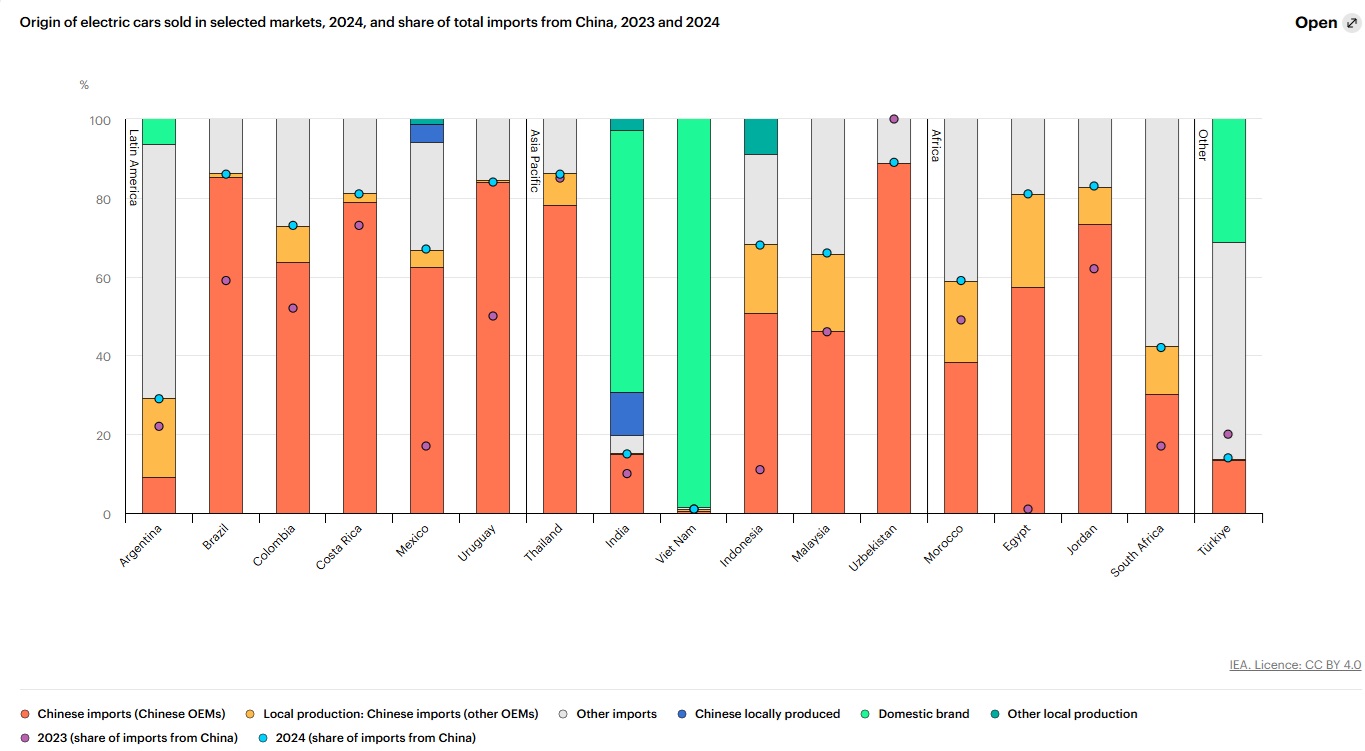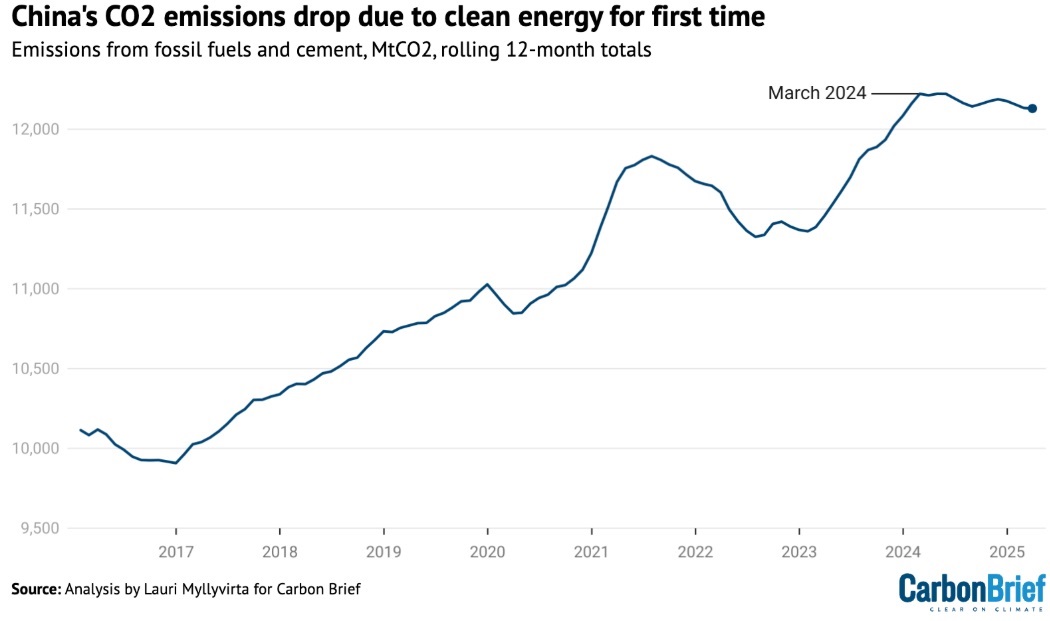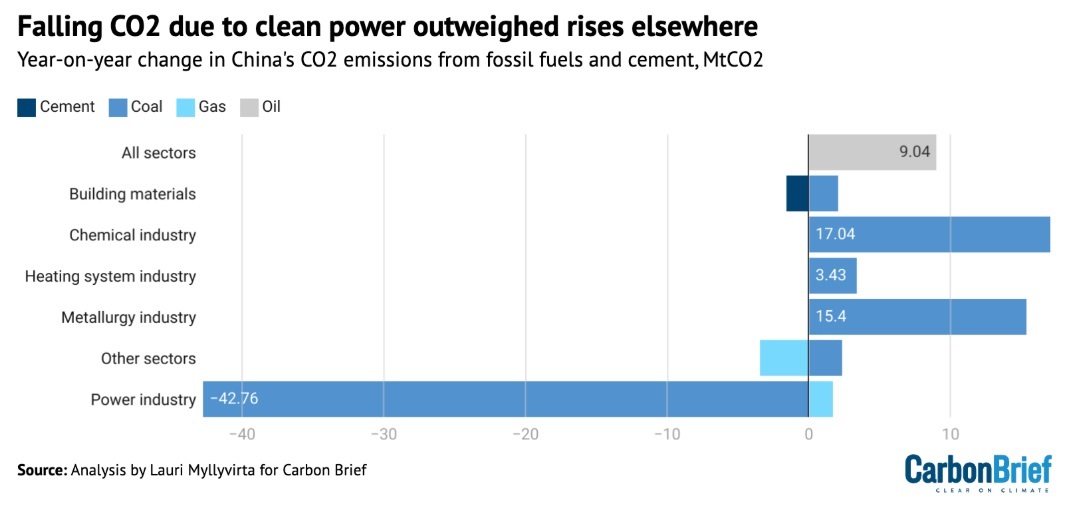The last few weeks we’ve repeatedly driven from Seattle to Vancouver, Washington—the non-hockey Vancouver, which our President doesn’t tariff or insult (yet). The drive takes us past what is known as the Uncle Sam Billboard, just under 80 miles north of Portland (the Oregon Portland, not the lobster-loving Maine knock-off). For over 50 years, this billboard, which features an image of Uncle Sam (the red, white and blue hat-wearing Uncle Sam not the beloved Uncle Sam author of this newsletter) has displayed crazy political messages by its owner, Alfred Hamilton, and his descendants (Alfred died in 2004). We used to enjoy driving by the billboard and seeing the latest crazy idea the owners displayed for all of us drivers to ponder. We found it oddly charming, even if we mostly disagreed with the opinions expressed. It was a nice reminder of both the importance of the First Amendment and the apocryphal Mark Twain quote, “It is better to keep your mouth closed and let people think you are a fool than to open it and remove all doubt.”
But now when we drive by, the messages seem meaner, the conspiracies colder, absent quirky charm. Rather than an eccentric roadside attraction it serves as a reminder that today everyone has their own billboard—social media, rather than a piece of turf holding a sign next to the Interstate. Last month came word that the Hamilton family sold the property containing the billboard. The structure still stands while the sale finalizes with the southbound side of the billboard containing the ignorant, nonsensical message, “How many Americans will we leave behind in Ukraine?” The new owners are not yet known, nor their propensity for broadcasting their views to drivers barreling down the freeway. Perhaps they will write positive messages about our world, or put up a photo of flowers, or (be still our beating heart), print a chart of global data on the billboard. Or maybe sometime soon, as we drive past mile marker 79, we will see nothing but an empty field, while wondering about the increasingly empty expanse of social media. And so we doff our stars and stripes hat to explain how Trump is killing people overseas, provide a startling statistic on electric vehicle sales and tentatively celebrate possible peak emissions in China. It’s this week’s International Need to Know, the neon sign of international information, the Edward Hopper of global data.
Without further ado, here’s what you need to know.
Trump Is Killing People Overseas
Our beat is not U.S. government policy, but given USAID’s mission is international, what has happened to it and its programs is fitting content for International Need to Know. So, we bring to your attention estimates on the effects of the reduction in USAID funding, and in some cases the elimination of funding, in five program areas of USAID: a) PEPFAR (AIDS relief); b) Malaria; c) Severe acute malnutrition; d) Tuberculosis; and e) water, sanitation and hygiene. Asterisk Magazine commissioned the Center for Global Development to develop these estimates. According to Asterisk, “We estimate that the combined impact of the projected cuts to these five programs will result in between 483,000 and 1.14 million excess deaths over one year.” That’s bad enough, but if these programs are not restored then over five years, “we may expect those numbers to increase to between 1.48 million and 6.24 million deaths.” It’s important to note that USAID needed some reforms. In fact, Asterisk has written articles in the past calling for reforms. But, as the magazine writes, “we believe the life-saving impacts, especially of its most cost-effective programs, remain under-appreciated.” A country is a terrible thing to waste.
1 in 4 Cars Sold This Year Will Be Electric
Not to date ourselves, but Eddy Grant would be excited about the latest data on electric car sales this year. The International Energy Agency (IEA) in its Global EV Outlook 2025 report asserts, “Electric car sales in 2025 are expected to exceed 20 million worldwide to represent more than one-quarter of cars sold worldwide.” This assessment is based on the fact that sales in the first quarter of the year were up 35 percent year-over-year “with record first-quarter sales in all major markets.” Certainly China is a big part of this with half of car sales there now EVs. But the rise of the electric car is happening worldwide. In Europe, EV sales are on pace to reach 25% of all car sales this year. EV sales are up in other parts of Asia, Brazil, Mexico and other locations. This is happening because the price of batteries, and thus the price of EVs, is falling rapidly. Chinese EV manufacturers are driving this battery price and efficiency progress. Sure that is due in part to past subsidies but now it is driven by fierce competition. Many of these Chinese EV auto manufacturers will not survive so perhaps we should be worried this may dampen price and efficiency progress in the future. Plus, there are possible dire ramifications for German, Japanese and American car manufacturers in all of this, if they can’t catch up quickly. We’ll bet Moore’s Law-like progress will continue and EVs will likely be the dominant car sold over the next ten years.
China Corner: Peak Emissions?
Speaking of EVs, as we wrote a few weeks ago, China’s developing and implementing clean energy technology is not necessarily about climate change and cleaning up the environment. It’s about energy security and creating energy abundance so that the country can continue to be a dominant manufacturer and international trade machine. It also provides military security. At some point, other large countries will learn this lesson. Of course, addressing climate change is also a benefit of China’s clean technology policies. To that end, Carbon Brief believes China’s carbon emissions are now falling. Its latest report states, “that China’s emissions were down 1.6% year-on-year in the first quarter of 2025 and by 1% in the latest 12 months.” More importantly, the decline in emissions was not due to reduced industrial and consumer output, as was the case during the pandemic, but instead because of increased electricity capacity from wind, solar and nuclear. Carbon Brief states, “The reduction in China’s first-quarter CO2 emissions in 2025 was due to a 5.8% drop in the power sector. While power demand grew by 2.5% overall, there was a 4.7% drop in thermal power generation – mainly coal and gas. Increases in solar, wind and nuclear power generation, driven by investments in new generating capacity, more than covered the growth in demand.” Coal usage increased in industry but this was more than offset by reduced coal use in generating power. China had set a goal to peak emissions by 2030. If these emission reductions continue—and that remains uncertain—China could reach this goal five years early. That would be a major win for climate progress.







